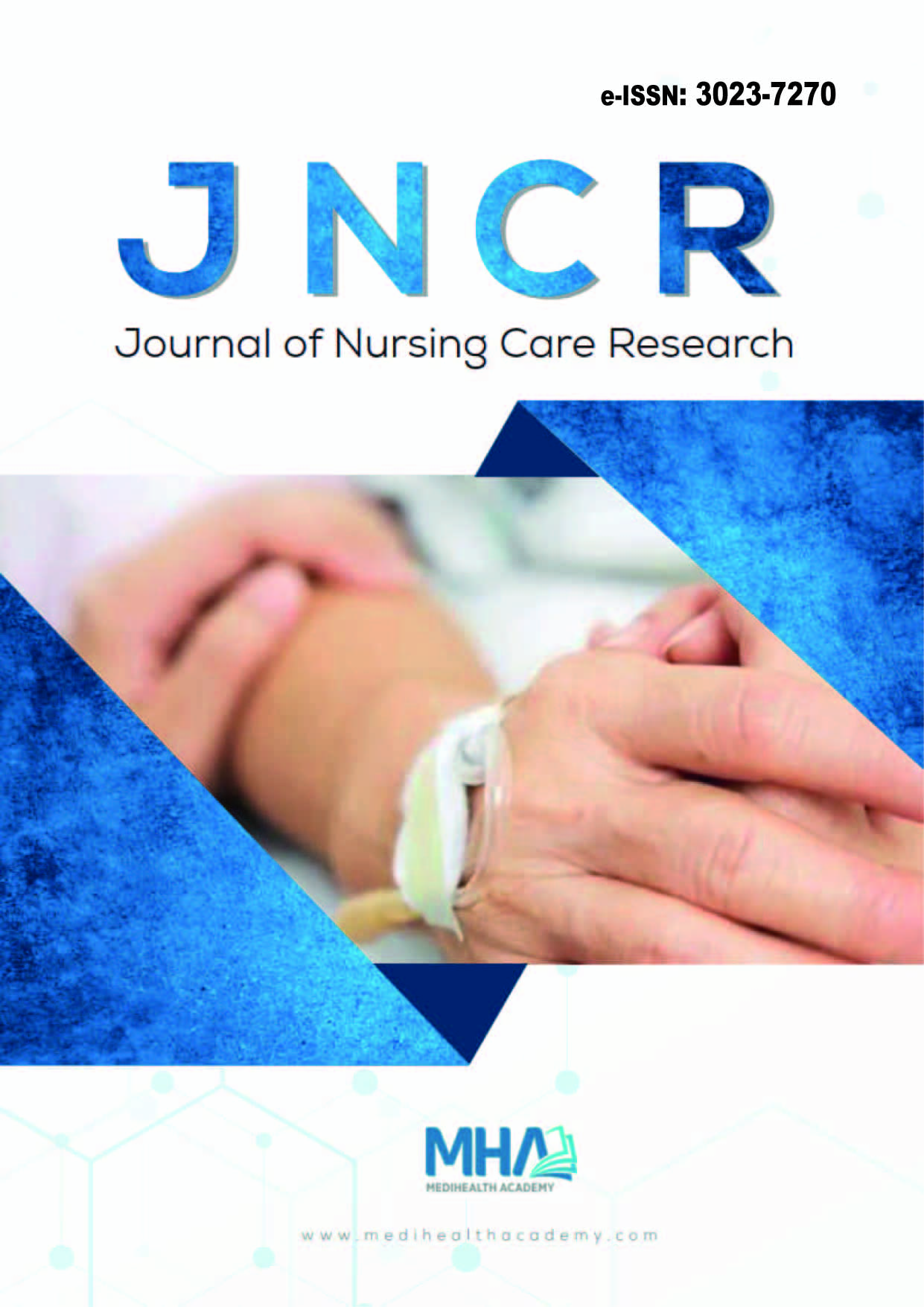Ay, F. A. (2021). Basic concepts and concepts in health practicesskills. Nobel Tıp Kitabevleri.
Baker, C., Cary, A.H., & da Conceicao Bento, M. (2021).Global standards for professional nursing education: Thetime is now. Journal of professional nursing : official journalof the Am Assoc Colleg of Nurs, 37(1), 86-92. https://doi.org/10.1016/j.profnurs.2020.10.001
Birol, L. (2009). Nursing process. İzmir: Etki Matbaacılık.Boamah, S.A., Callen, M., & Cruz, E. (2021). Nursing facultyshortage in Canada: A scoping review of contributing factors.Nursing Outlook, 69(4), 574-588.
Cao, H., Song, Y., Wu, Y., et al. (2023). What is nursingprofessionalism? a concept analysis. BMC Nursing, 22(1), 34.https://doi.org/10.1186/s12912-022-01161-0
CHE, (2024). 100 /2000 Priority areas. https://yuzikibinbursu.yok.gov.tr/hangi-alanlarda
Çamlıca, T. (2021). Historical development of nursingeducation. Turkiye Klinikleri J Med Ethics-Law and History,29 (1), 142-147.
Hall, R.H. (1968). Professionalization and bureaucratization.Am Sociol Rev, 92-104. https://doi.org/10.2307/2092242
Kalanlar, B., & Kublay, G., (2010). What has changedin nursing education since florence nightingale? Modernnursing education in Europe and Turkey. Nursing İstanbulSymposium, The City Where The Torch Was Lighted (pp.298-305). İstanbul, Turkiye
Kıran, B., & Taşkıran, E. G. (2015). Overview of nursingeducation and manpower planning in Turkiye. MersinUniversity Faculty of Medicine Lokman Hekim Journal ofMedical History and Folk Medicine, 5(2), 62-68.
Nasır, S. (2011). Higher education in Turkey: a comparativeanalysis. J Higher Edu, 1(1), 54-55.
Nursing Law (2007) Resmi Gazete (2.3.1954/8647), 6283Nursing Law 1954. pp.460.
Yoder, L. (2017). Professionalism in nursing. MedSurg Nurs,26(5), 293-295.
Yürümezoğlu, H. A., & Kocaman, G. (2024). The situation ofnursing education in Turkiye: Between 2015-2023. J NursingEffect, 17(1), 148-160.
World Health Organization (WHO). (2016). Global strategyof human resources for health: Workforce, 2030. Accessed(April 11, 2024): https://apps.who.int/iris/ bitstream/handle/10665/250368/9789241511131-eng.pdf
World Health Organization (WHO). (2000). Nurses andmidwives for health: WHO European strategy for nursing andmidwifery education. EUR/00/5019309/15-0053. Accessed(April 15, 2024): https://apps.who.int/iris.

